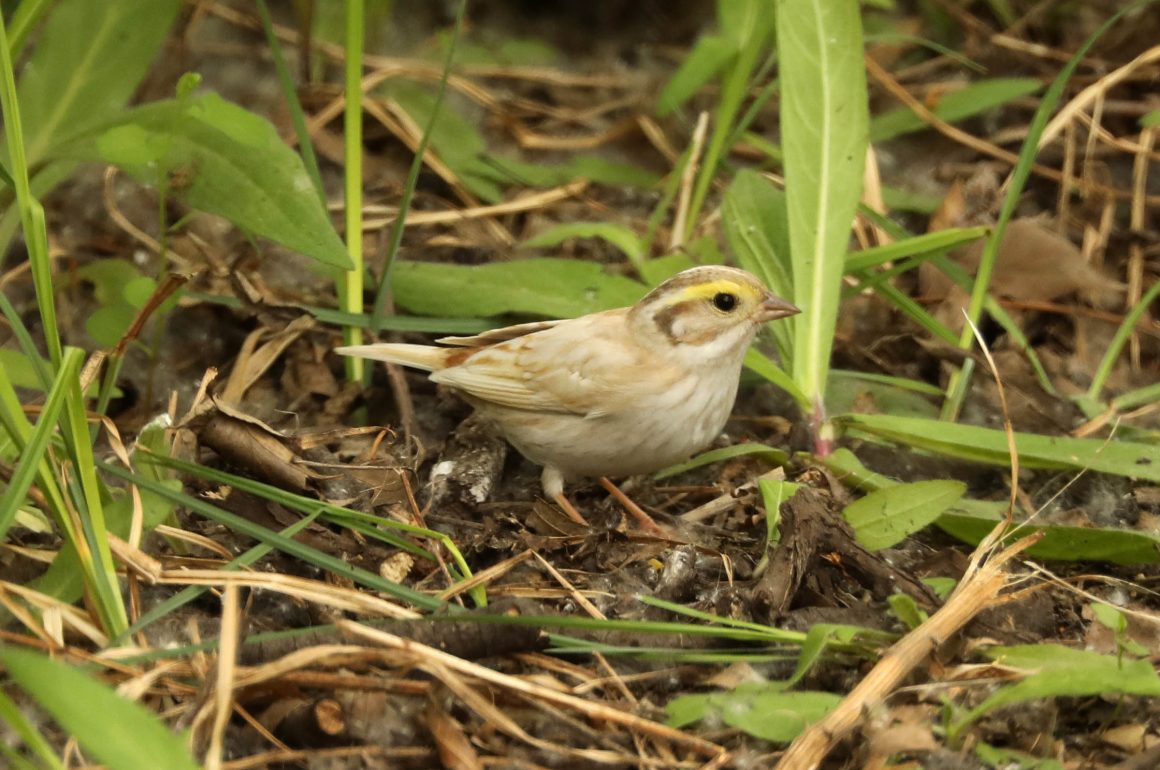
By Dominic Mitchell
Dominic Mitchell’s earliest birding memory is of seeing an Atlantic Puffin off the Bass Rock, in Scotland’s Firth of Forth, in 1967 at the age of seven. He trained as a journalist, founded Birdwatch magazine in 1992, and ran the title, and latterly also BirdGuides, until 2019. He is now Editor-in-Chief at BirdLife International, works as a freelance ornithological consultant, writes books on birds, leads tours, and has traveled to almost 100 countries and all continents. He lives in London, UK.
Color aberrations occur relatively frequently in birds, and many birders will have noted occasional individuals, especially among commoner species, which show random feathers, plumage tracts, or body areas of an abnormal color. They can appear oddly beautiful, their genetic quirks giving rise to unusual shades and patterns that make them stand out conspicuously from their congeners. Aberrations seem to occur in some species more frequently than in others – over the years I have seen many Eurasian Blackbirds, for example, exhibiting various patches of white in their plumage, but have very rarely noted this phenomenon in other thrushes.
Once in a while, the encounter might be with something much less expected. While birding in northeast Greece back in June 1985, the first Olive-tree Warbler I saw had a strikingly white head and neck. At first, it was partly obscured by leaves, and, lacking a complete view of the bird, I couldn’t put a name to what I was seeing. It was only when the bird was joined by a second, normally plumaged individual that its identity became clear – they were actually a pair with a nest.
Equally mystifying at first glance was a strikingly ‘ghostly’ bunting I came across while looking for migrants on Happy Island in Hebei, northern China, in May 2019. It was essentially off-white and pale brown but retained a strong lemon flush in the supercilium, which helped identify it as a Yellow-browed Bunting. This species breeds in east Siberia and winters in south and south-east China, and occurs regularly on Happy Island during spring migration. I saw Yellow-browed Buntings there almost every day, but the odd plumage of this individual was like nothing I had seen in any bunting before. So exactly what kind of aberration was it?
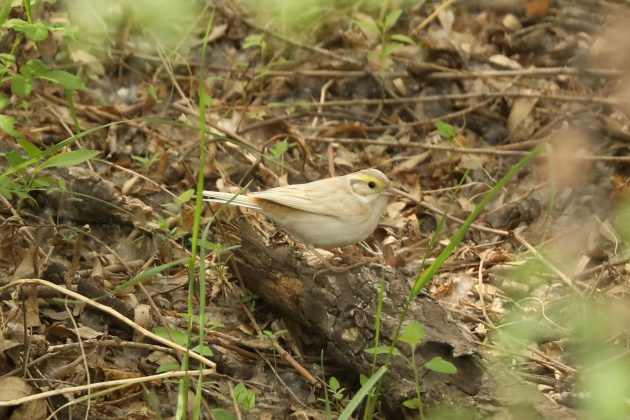
For comparison, a “non-aberrant” Yellow-browed Bunting
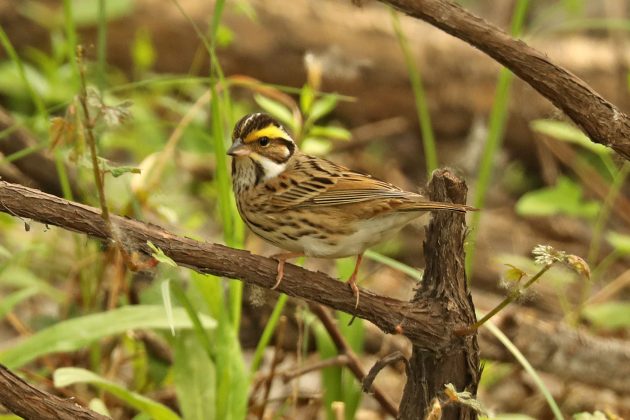
In search of an answer, I contacted Hein van Grouw, Senior Curator of the Bird Group at the Natural History Museum in Tring, UK. Color aberrations in birds have been his main area of research for more than 30 years, and we have corresponded previously on the subject. Hein is also the author of the definitive paper on the nomenclature and definitions of the seven commonest types of aberration.
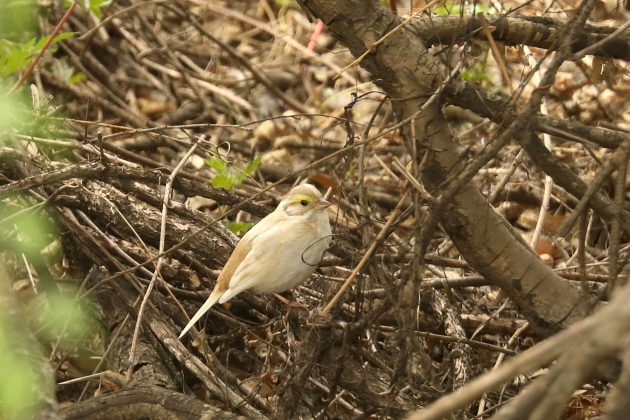
On the curiously plumaged Yellow-browed Bunting on Happy Island, he answered as follows: “In my opinion, the aberrant plumage of this bird is caused by the mutation Brown or a mutation with a very similar effect. Mutation Brown causes a ‘disturbance’ in the eumelanin synthesis [with the result] that the synthesis is not completed (aka incomplete oxidation). And because the synthesis is not completed, the eumelanin granules do not become black but stay brown. Incomplete oxidized eumelanin is very light sensitive and rapidly bleaches further in the (sun) light, making the plumage even lighter in color. Mutation Brown does only affect the eumelanin, and not the phaeomelanin. The normal colored reddish-brown rump in this bird shows that the phaeomelanin is unaffected (the color may look slightly different as the underlying eumelanin in that area has changed in color). Mutation Brown is, in all birds, recessive and sex-linked, and as this bird is a female that also fits well.”
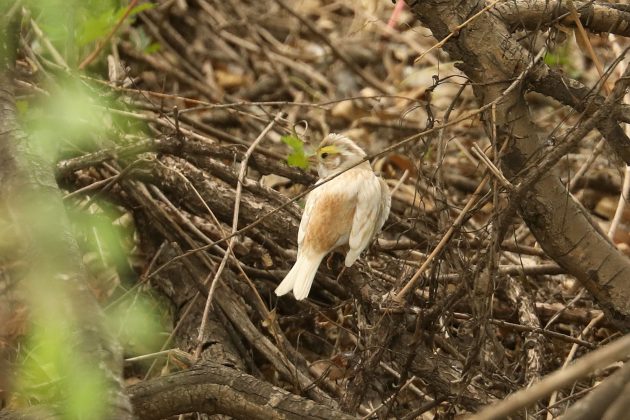
I haven’t yet come across any other records of Yellow-browed Buntings with plumage aberrations but I am keen to learn whether any have been documented previously. Small birds with very pale plumages stand out from the crowd and are likely to fall victim to predators more quickly than their normally plumaged congeners. This one had done well to make at least one journey from Siberia to southern China and was already on its way back ’home’ when I was fortunate to come across it.
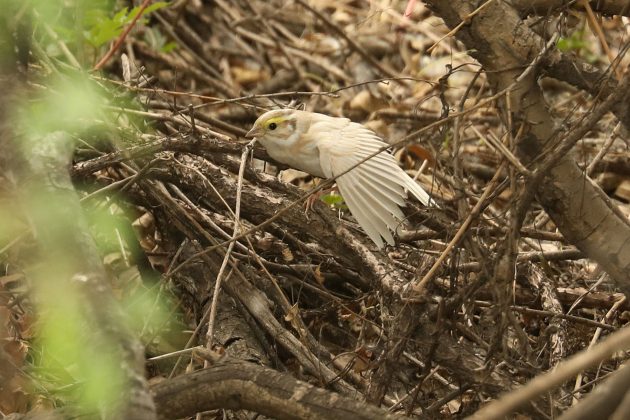






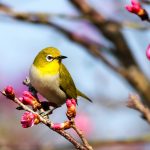


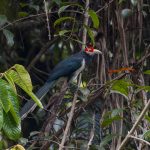
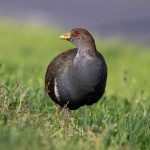
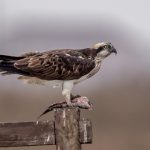
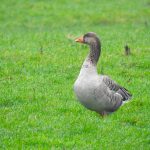
Reading about eumelanin synthesis on a Saturday morning while it drizzles outside: a nerd’s happiness. Very interesting post.
Cool
What a timely coincidence this article is. I am currently in Thailand and was attempting to take a photo of a Coppersmith Barbet when a ‘new’ yellow bird flew into the same tree. I quickly snapped a couple of shots before it disappeared. I couldn’t find it in any reference material and would love to learn more about this once-in-a-lifetime bird. Any suggestions would be appreciated.